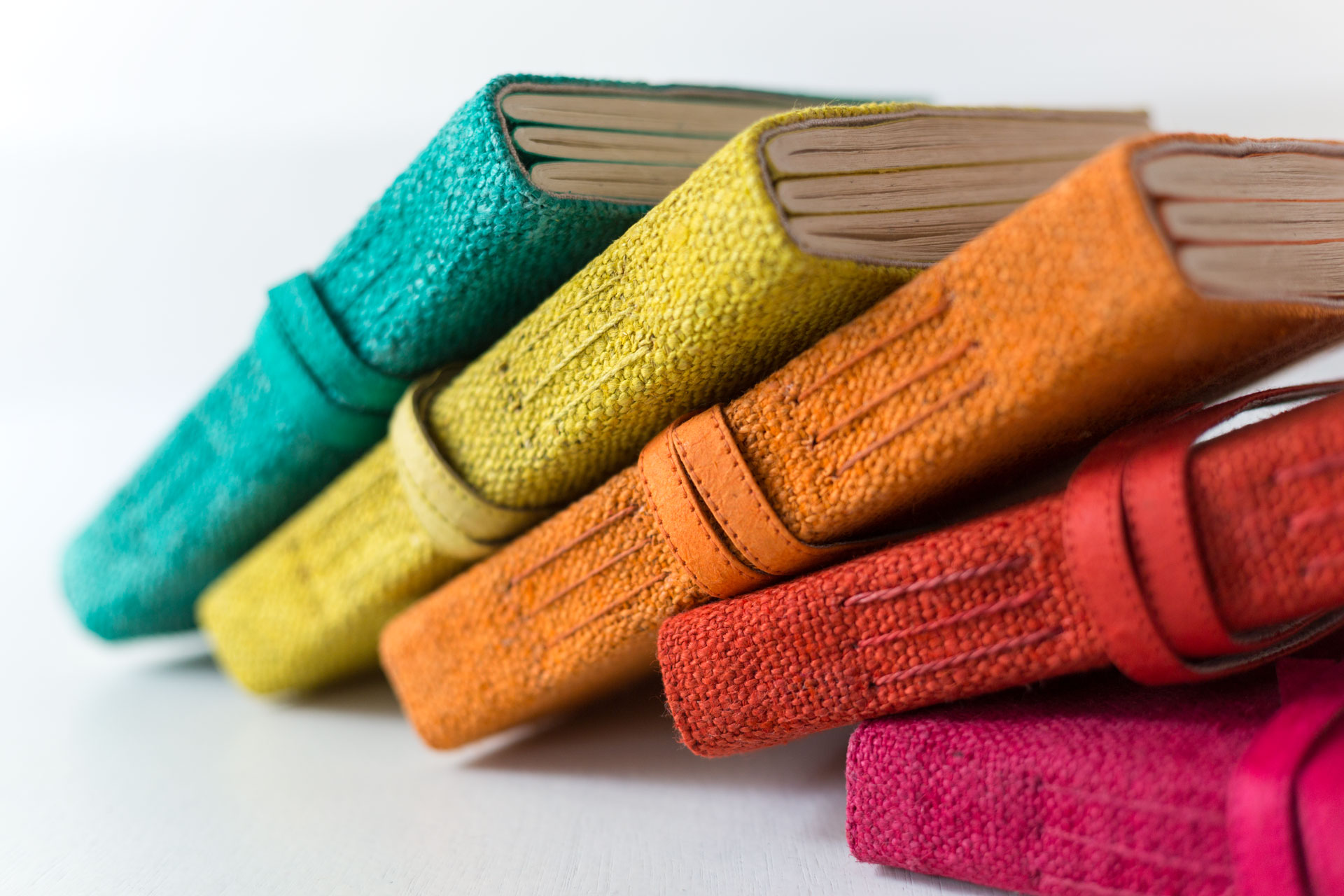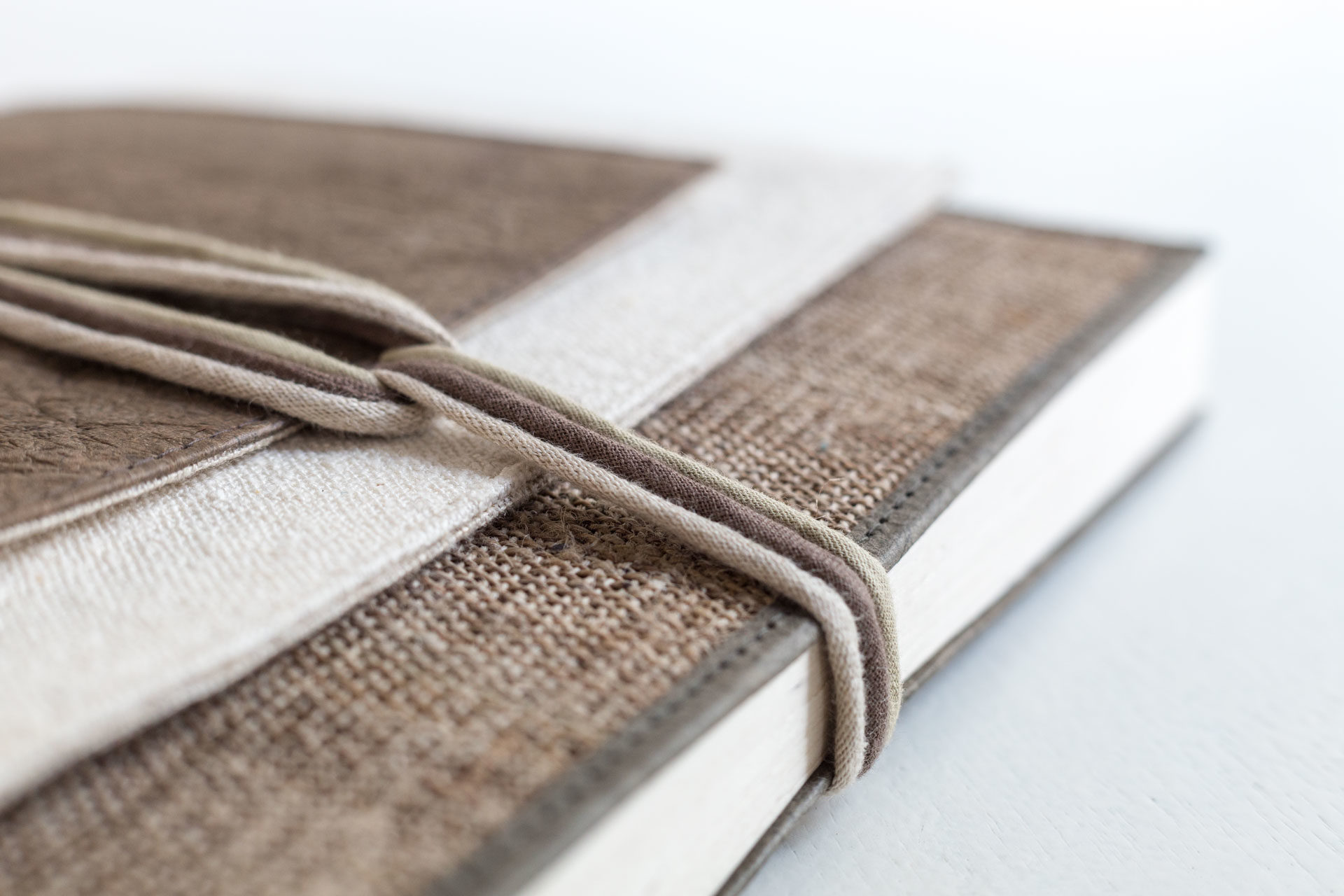Share this article
From my earlier days, when creating designs, I was always attracted to the use of natural textiles such as hemp, nettle and linen, which happen to be the most sustainable textiles. So much so, that this led me to create my own textile, a vegetal leather which I named Daphley.
From top to bottom, in the image above: Nettle, hemp and Daphley
Daphley
Over my years of research, I have developed ‘Daphley’, an innovative and ecological material that resembles crumpled leather but is entirely vegetal. This material, by its pleasant texture and aesthetics, opens up a new field of possibilities in sustainable development for luxury.
A recent creation submitted for a luxury design competition, boasts a majestic Daphley cover. More in my previous blog: A Symphony of Daphne .
“Allo” or nettle weave
It is amazing! In the Himalaya middle range, between 1200 and 3000 meters above sea level, giant nettles can grow to a height of three meters! And for centuries, Nepalese farmers have been harvesting nettle. Long fibres are derived from their stems, that are spun and woven into a truly remarkable textile.
Around 80 thousand villagers from all parts of Nepal are involved in nettle yarn processing work.
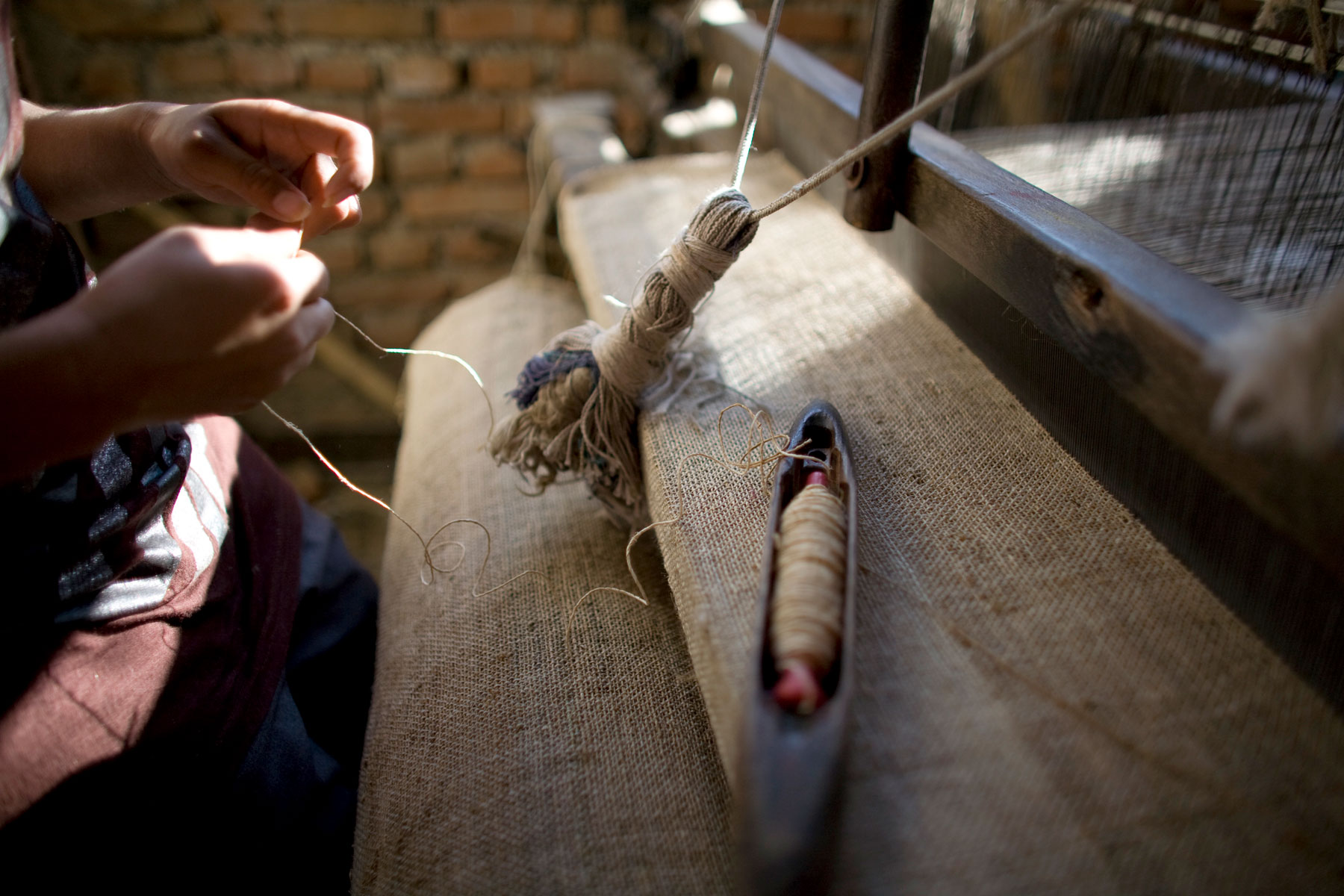
This is a truly ancestral craft and it is interesting to note that in the “Ramayana”, the famous Indian epic, nettle weaving is praised for its beauty and solidity.
The wide use of Allo is an ancestral tradition in the hills of Nepal. It has been used to make ropes, weaving for garments and bags for generations. The fibers of the stems are removed by hand into filaments, which are dried and spun directly on a spindle. The thread thus obtained is woven in a fabric locally called “Allo”. This manufacturing process is completely handmade and the Himalayan giant nettle grows wildly on its own (without any chemicals involved) and regenerates very quickly.
I have a deep appreciation for entirely natural and handmade materials. Allo’s roughness is simply captivating, creating a picture-perfect contrast when used with softer textures like Daphley (vegetal leather). For this reason, I find Allo, this beautifully strong ancestral weave, a perfect match for my contemporary creations.
Hemp
On the most ungrateful and high altitude lands in the Himalayas, hemps grows and regenerates speedily without the use of fertilizers, making it one of the most ecological plants. It can reach four meters in height and it’s in its stem that the long fibers which, after having soaked ten days in the water, can be detached, crushed, spun and woven.
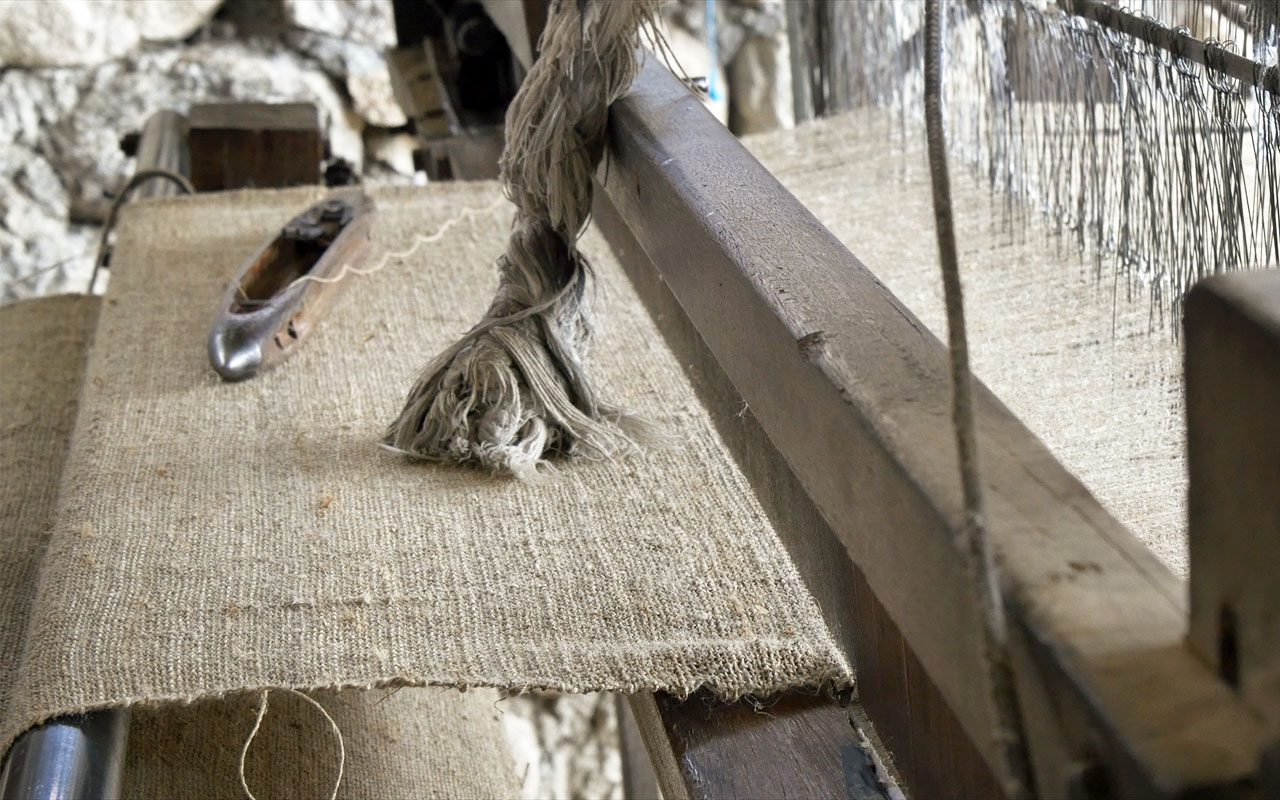
Renowned for its strength and insulating qualities, hemp fabric is also very ancient. It dates back to 8000BC, making it the oldest piece of cloth known.
Hemp weaving is an integral part of the Nepalese rich culture and traditions. The Tamang ethnic group is known for their clothes made from hemp while the Newars of Kathmandu valley, formerly specialized in the manufacture of ropes and bags appreciated for their solidity.
Similar to but softer than Allo, hemp is also a natural and handmade material I often like to combine in my designs. On some I even combine hemp with Allo and Daphley (Vegetal Leather as seen below in the top part of the valey trays). In their natural un-dyed form, make a texture-rich, refined cover for the Jumla Journal or the Jumla valet trays as seen below.
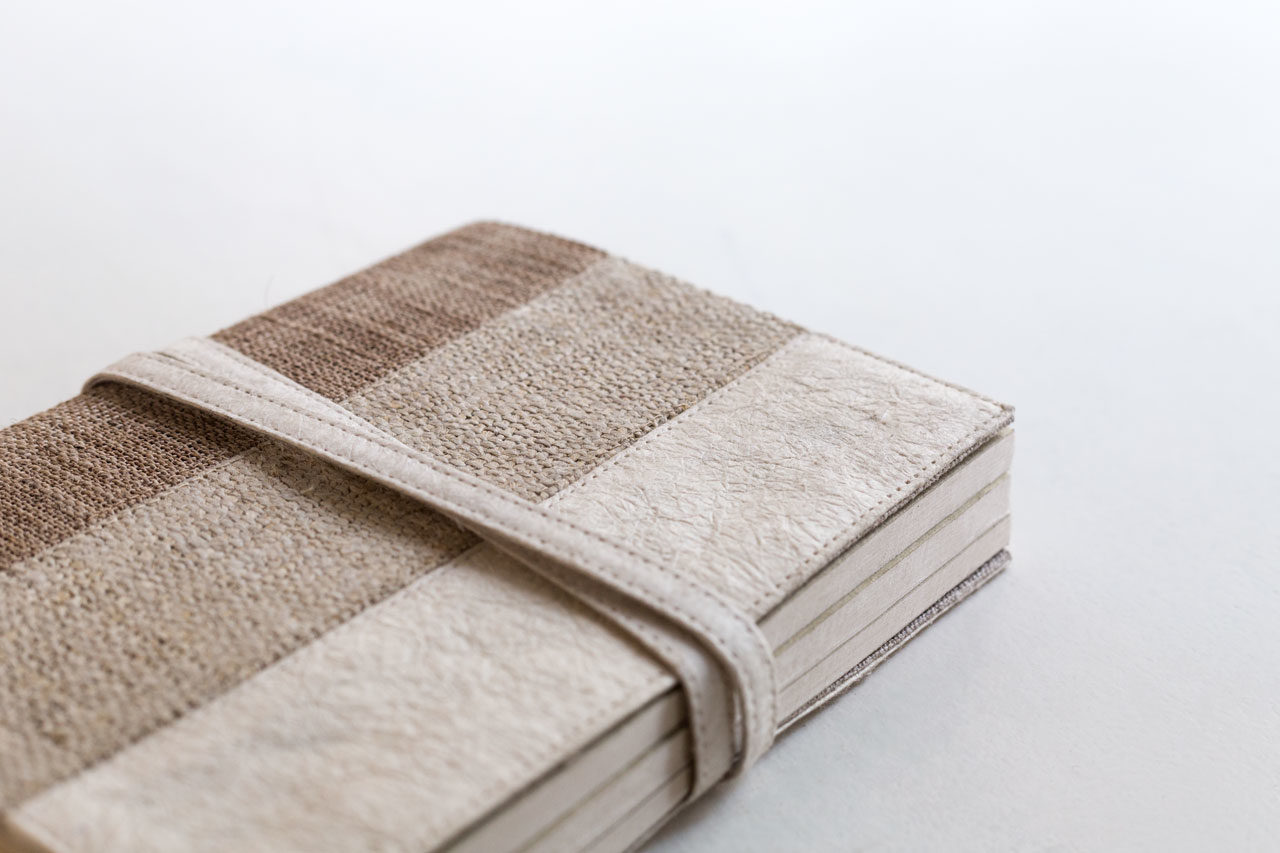
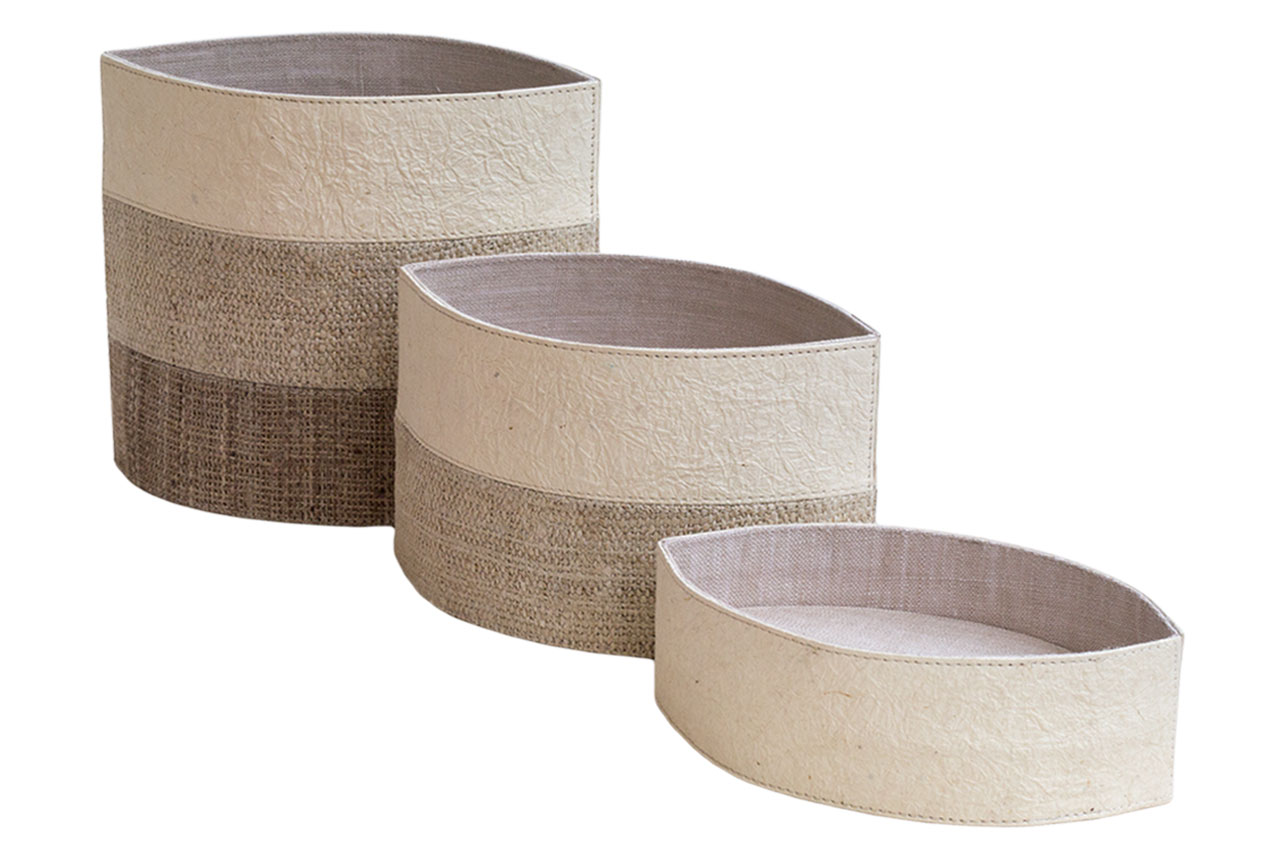
Another interesting contrast was created with the Salinar journal. The roughness of a dyed hemp cover is elegantly finished with an intricate and sophisticated brass closure.
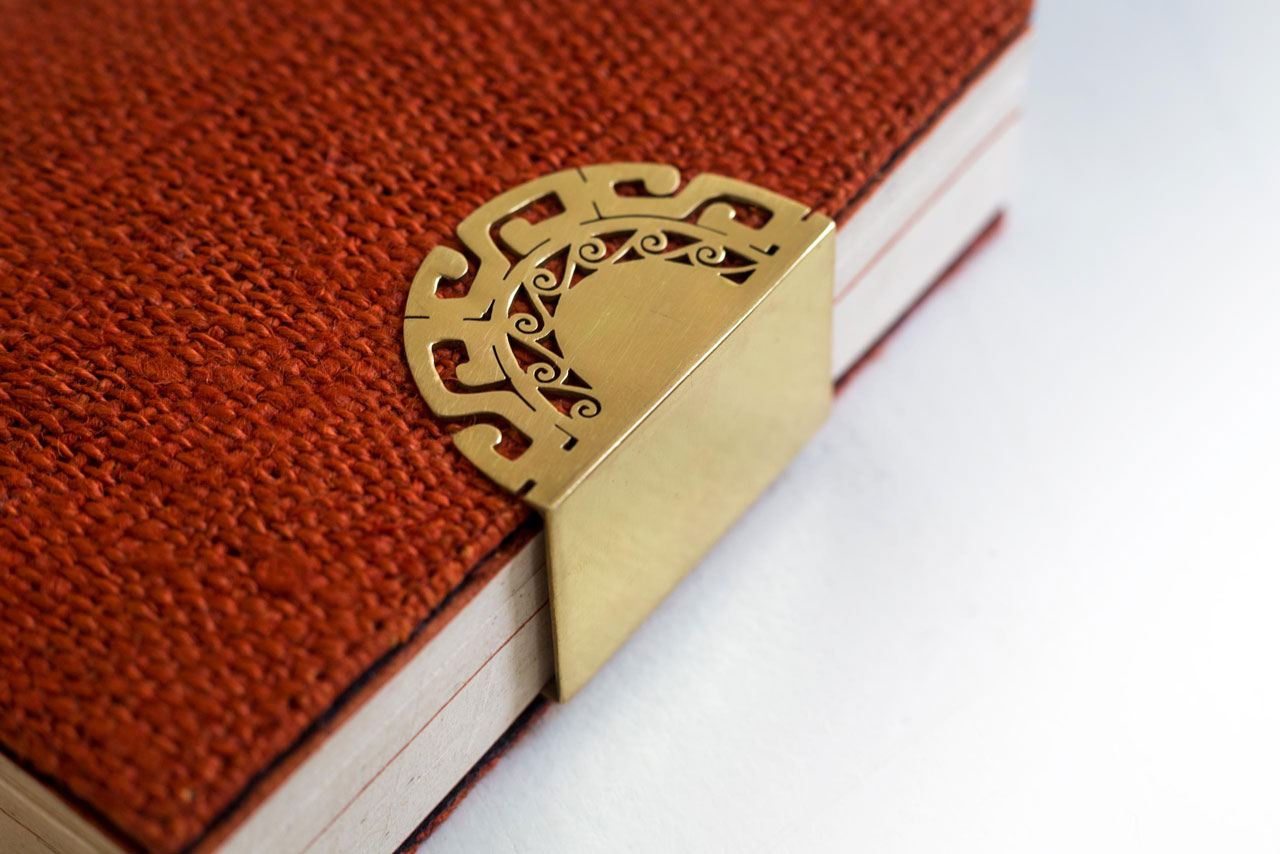
Linen
Natural and eco-friendly, linen does not require any pesticides for cultivation and the basic production of linen fabric doesn’t require chemicals. Although this textile is not handmade, but machine woven in India (one of the few not handmade raw materials I use), I value the fact that its environmentally friendly!
Linen is used in my designs bringing a certain touch of finesse. It creates juxtaposition with rougher materials, whilst also being a superb medium for silkscreen print!
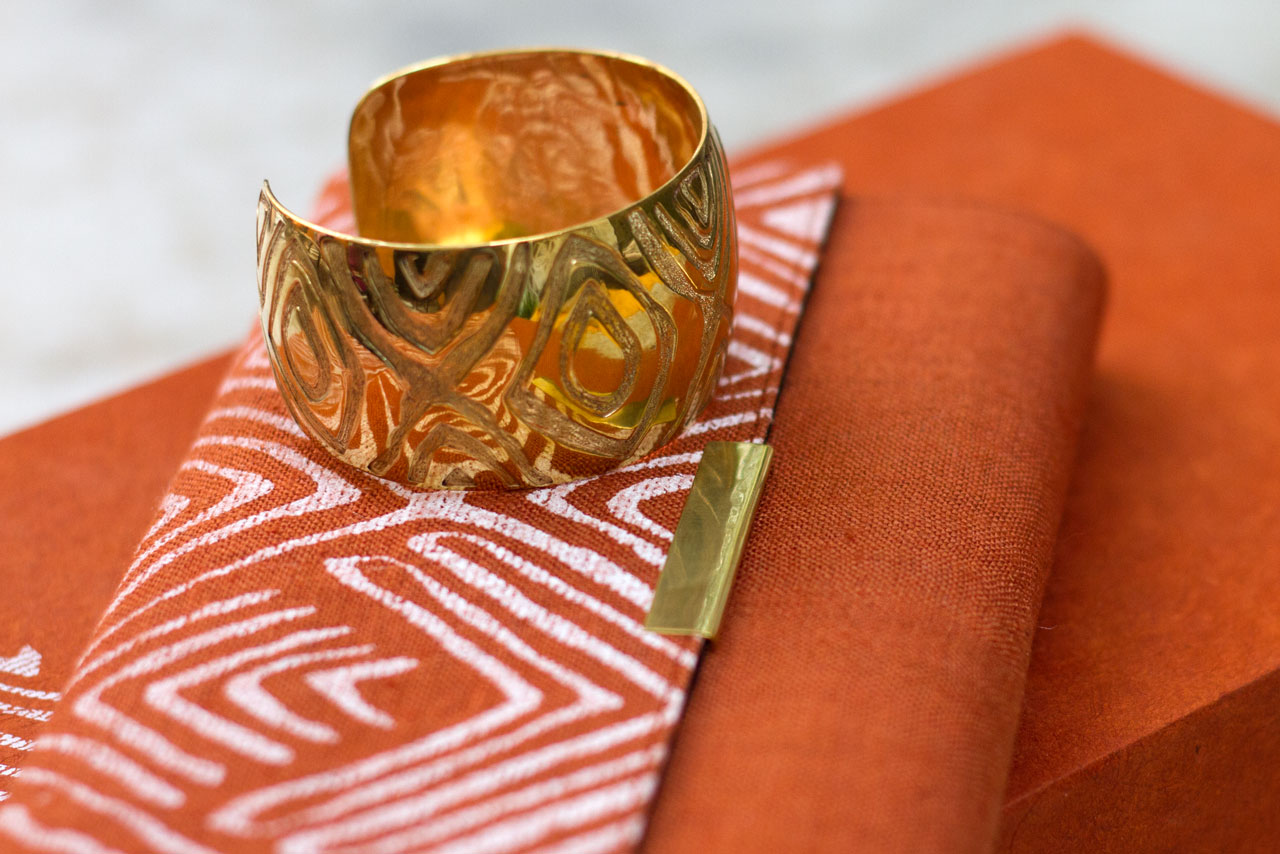
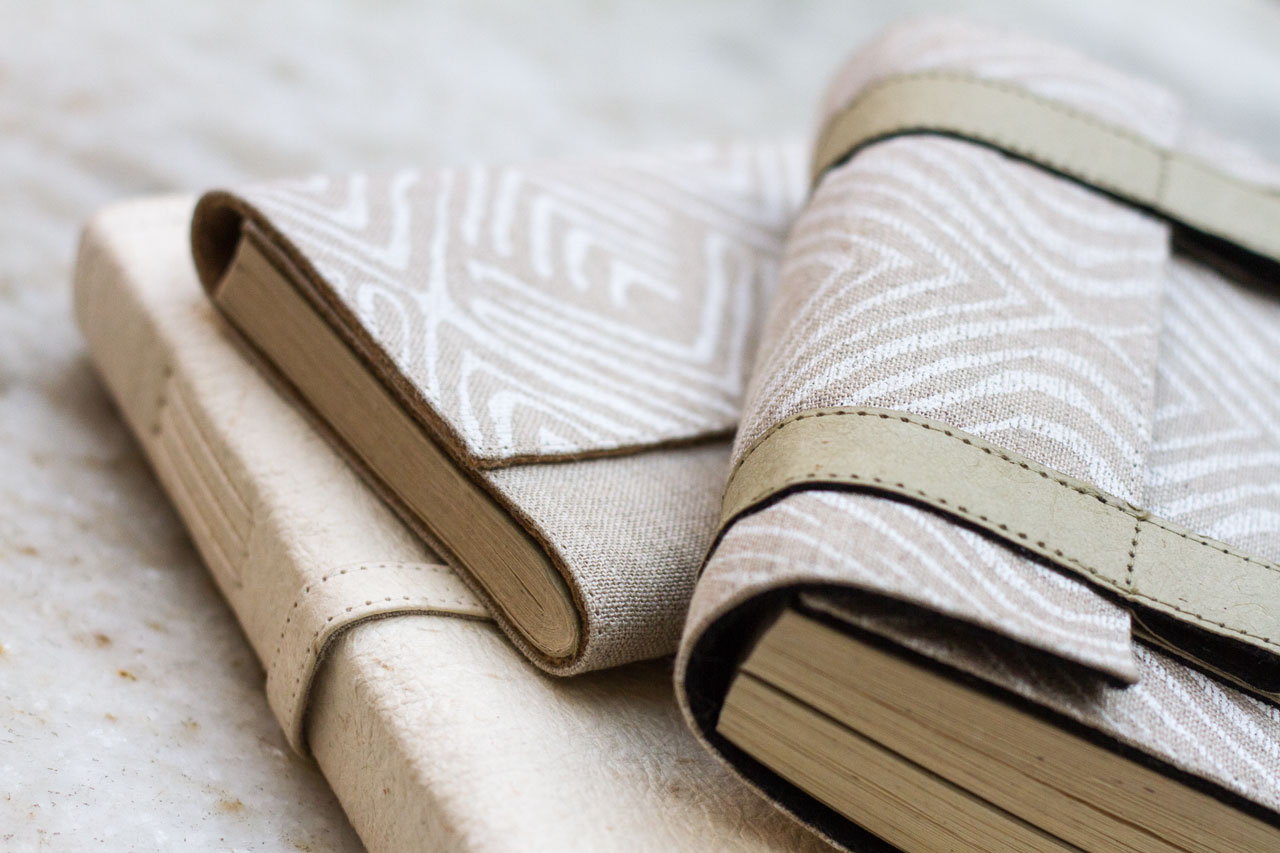
Linen is a very ancient textile, which was used long before cotton. Flax, from which linen is made, is one of the oldest agricultural plants in the world. It is cultivated to produce both flax seeds and a fibrous stalk that can be broken down, spun into yarn and woven into a cloth we know as linen.
Over 5000 years ago the Egyptians named it “woven moonlight”, due to its very singular beauty.
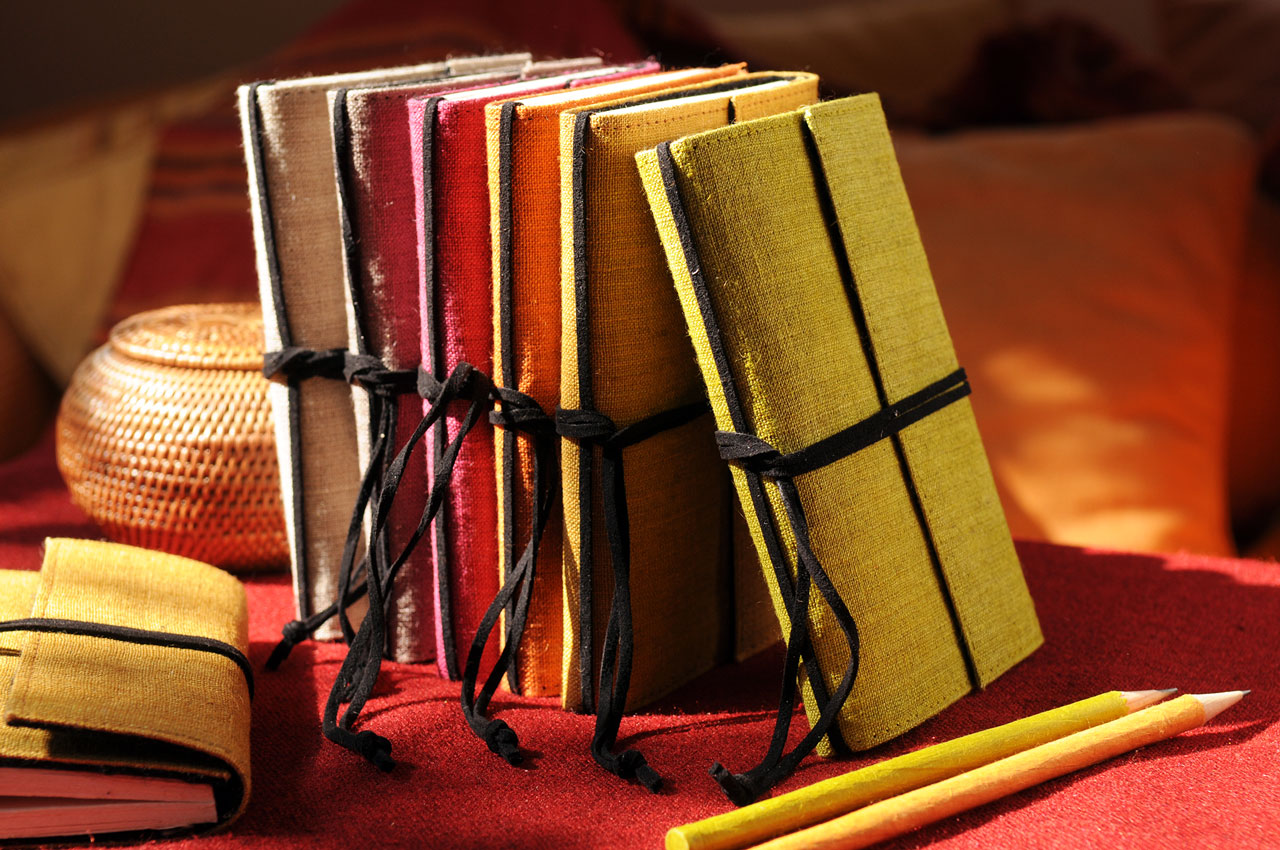
Share this article

